LIDAR (Light Detection and Ranging) is becoming a crucial technology in space operations. LIDAR provides precise, real-time 3D mapping, enabling accurate navigation and safe landing for spacecraft. In Space Situational Awareness (SSA) and Space Surveillance and Tracking (SST), LIDAR helps prevent collisions by tracking debris and objects in space with unparalleled accuracy. For debris removal, LIDAR’s precision aids in detecting and capturing objects, ensuring successful missions in increasingly congested orbits. This technology enhances both safety and efficiency in modern space exploration and operations.
This three-hour online training is designed to empower system engineers at startups and SMEs to explore the capabilities and advantages of LIDAR technology in space applications such as navigation, landing, space situational awareness (SSA), space traffic management (SST), collision avoidance, and debris removal.
Thanks to this training, participants will gain a comprehensive understanding of :
- The principle of operation of a LIDAR and its main key elements for dimensioning the system
- Explore the principle of use of a LIDAR in different space applications scenarii
- Understand challenges and limitations associated with the integration of a LIDAR into an existing system
The session combines theoretical foundations with practical insights, aimed at facilitating informed decision-making and strategic implementation of LIDAR technology in cutting-edge space endeavors.
- System engineers who want to assess whether LIDAR technology can be have an interest for their system
- Components manufacturers (laser, detectors, optics, electronics) working or willing to work with LIDAR companies, needing to gain insight on how their component is implemented in the different fields
5-10
- Overview of LIDAR Principles and Operation: principles, types, and functionalities
- Comparison with Other Remote Sensing Technologies (e.g., RADAR, optical sensors)
- Role of LIDAR in SSA and SST: monitoring and tracking objects
- Benefits for collision avoidance strategies
- Overview of Navigation and Landing LIDARs
- Imaging LIDARs for Autonomous Navigation and Landing
- Flash LIDARs for High-Speed Terrain Mapping and Obstacle Avoidance
- Principles and Applications of LIDARs in Satellite Servicing and Maneuvering
- Debris Tracking and Collision Avoidance with LIDAR Technology
- Case Studies: Successful Applications of LIDAR in Satellite Servicing Missions
- Technical considerations: integration challenges and solutions
- Analyzing cost-effectiveness and performance enhancements
- Summary of Workshop Learnings
- Resources for Further Exploration and Training
- Announcement of Future Workshops or Events

1 to 10 attendees from you organisation
training tailored to your needs : several days training “à la carte” or training at your premises


